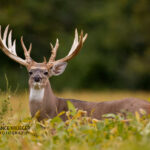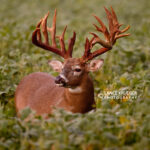Early Season Bass Fishing
Just the facts please: Days are longer. Trees are budding and blooming. Birds are singing. Bass are on the move. Those are facts. Your mission? To find bass and catch them.
Yes, spring has arrived and water temperatures, welcomed sunshine, and spring rains are causing the fish to move from their winter deep-water homes to secondary points, and ultimately spawning grounds. So, let’s help you read that favorite lake of yours so you can target the hot spots for casting your favorite baits and lures.
In this post I am going to focus solely on finding the bass and helping us all understand why we will find them in certain locations during this time of the year. Let’s hit the water and think like a bass…
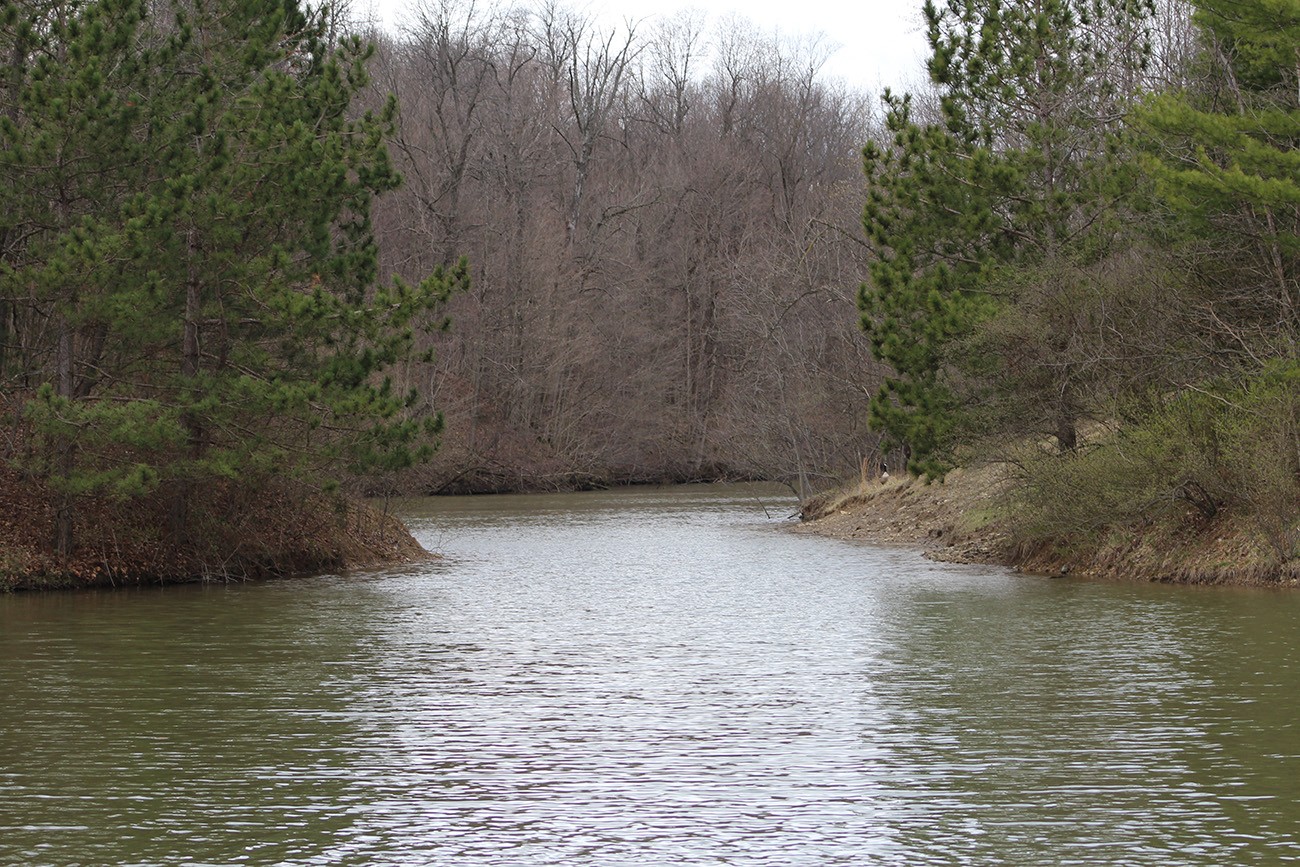
Finding the best bass fishing spots
Largemouth, Smallmouth and Stripers have been laying low in the depths during the winter. Not really feeding but storing reserves and waiting for spring like us. You can find them on the drop offs and deep banks – you know, the transition zones. But with the water temperatures now around 50 degrees and rising, they are on the move. You can certainly fish these spots for bass which are starting to feed and have some success, but the big catch is yet to come. Fish those points where the shoreline descends sharply right into the waterline. Read the topography of the surrounding area and look for color changes in the water to help indicate depth in the lake. But as days warm, focus on the hot spots.
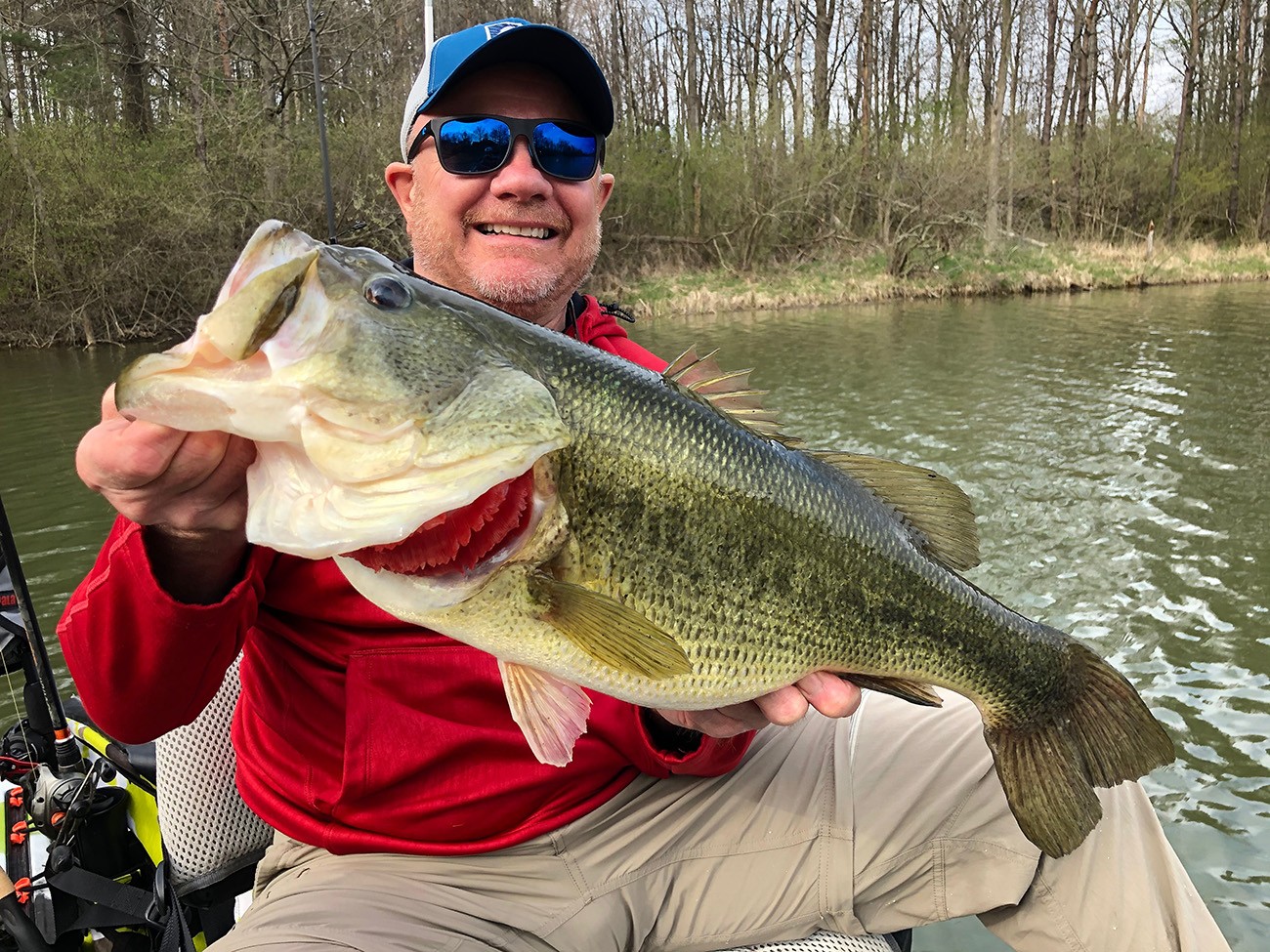
Bass spawning grounds are key
Warm days, punctuated by the power from sun filled skies and warm breezes, are causing the water to reach critical spawning range of 55-65 degrees. Lunkers are leaving those deep winter homes and starting to look for forage; bait fish, crayfish, and frogs. They are on the move, foraging and slowly traveling from point to point, seeking critical structure. They have two priorities now – look for food and begin their move to the foliage shallows, coves, and flats for spawning.
As bass are moving toward spawning grounds, they are beginning to actively feed – bulking up for the spawn. And like most predators, they like both protection and ambush cover afforded them by structure – both artificial, like docks and additive features including brush, pallet piles, and stake beds, and natural lake features – which we will cover next. Bass instinctively, and through learned behavior, know that most of these structures are holding the prey they are seeking, especially areas that lie between the surface and up to about six feet deep. These key features will be your casting target zones.
Reading the lake
Now your job is to read the lake; recognize and understand its features. And, you have to think like a predator who is driven to survive and reproduce. What does the lake have to offer a bass in this ‘eat and reproduce mentality?’ The easy structures to find are the docks and if you know them, the locations of submerged structure or visible rock piles. But moving water coming from streams, inlet pipes and through channels can be excellent bass habitat. Flowing water attracts bass for two reasons – more oxygen and stirred up prey for bass (and equally important, more food for the bass prey!) At Briarwood, our lakes are fed by natural springs connected to each other via spillways and drain pipe. Areas close to these inlets create great fishing opportunities when the flow rate is high. But beyond this, look for the obvious and not so obvious points. These are known as secondary structures which are attractive to bass. Look for natural shoreline points, subtle coves, deeper cattail beds, shoreline dropoffs and submerged vegetation beds, and, even smaller rock structures. Read the shore and surrounding land for geologic and topographic changes that might be impacting the adjacent lake areas. Further, look for changes in water color, and even wave patterns or naturally, the evidence of bait fish. Any changes to the lakebed and shoreline can be excellent stopping and holding points for bass as they are on the move. This is especially true if they are located near shallow areas (2-3 feet deep) where spawning beds have been seen in prior years. Also note that heavy rains or storms may keep bass on these holding spots for even longer periods as water quality can confuse their natural movement patterns.
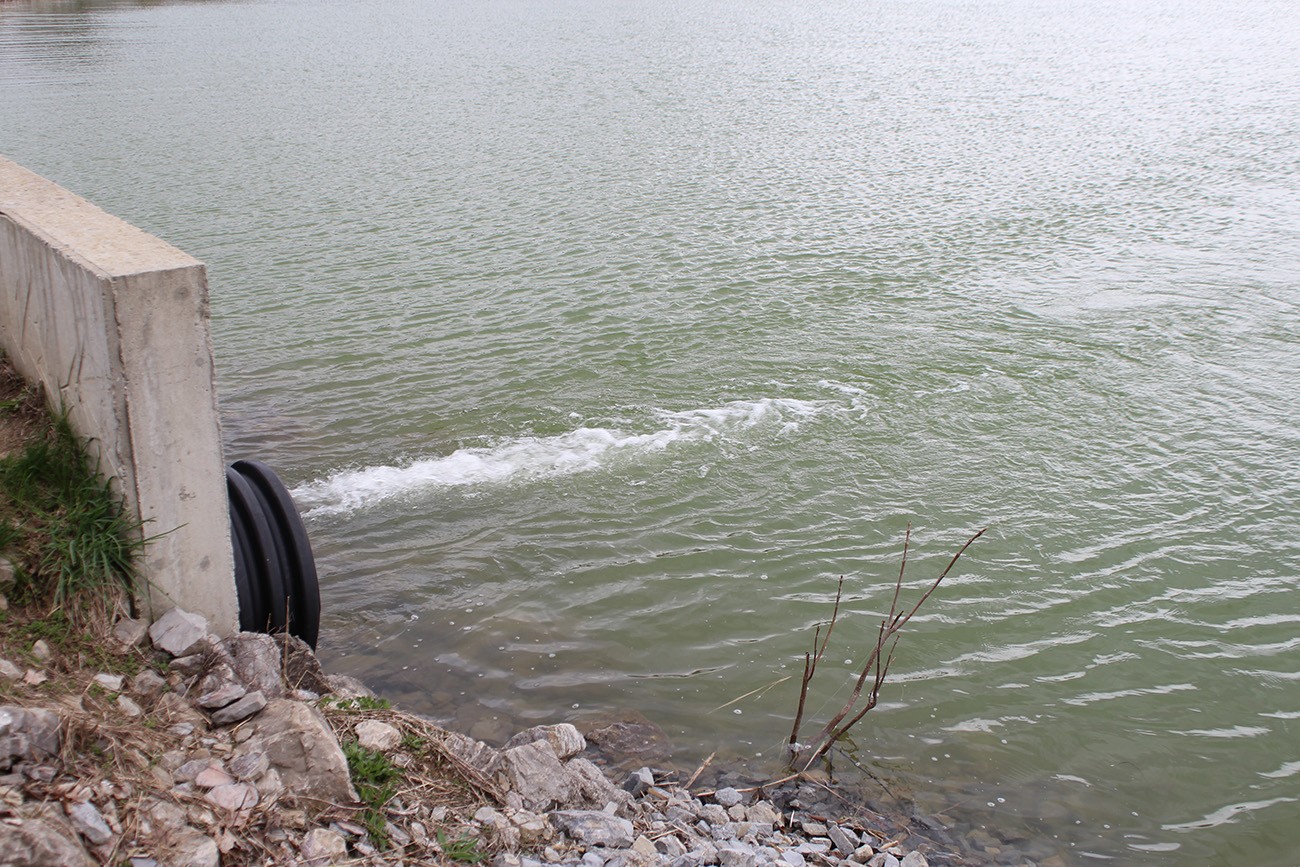
Ask us for more bass fishing tips
From mid-April to mid-May, bass fishing at Briarwood is excellent. When fishing one of our many lakes, ponds and streams, don’t hesitate to ask a Briarwood team member for our insight about structure and attractive lake features on any of our lakes or streams. We don’t keep that information secret!


